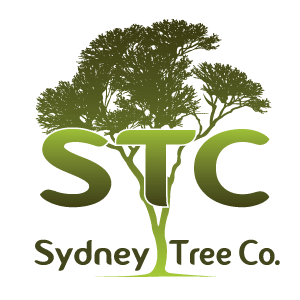Phytophthora root rot is caused by a pathogen that lives in the soil. It is prevalent in Australia where it has become a serious threat to biodiversity. It infects a wide variety of tree and shrub species as well as vegetable plants and flowering perennials. The first sign of phytophthora root rot is usually wilting, as though the tree is suffering from a lack of water. If it has been receiving water regularly or if the soil tends to stay wet around the tree, phytophthora root rot should be suspected. Carefully dig the soil off of the trunk the upper roots. If the tree is infected, the bark will look dark and wet and the roots will may be discolored. Leave the dirt off of the trunk and roots to allow them to dry out and have the tree evaluated by an arborist. If the disease has progressed too far, the tree should be removed.
Armillaria root rot is caused by a fungus that spreads from tree to tree when their roots touch. It can also infect shrubs and flowering perennial plants. The first symptom is usually sparse foliage and the leaves that do remain are stunted and yellow. When the soil is pulled away from the base of the trunk and roots, black root-type growths on the tree roots will confirm the presence of the Armillaria fungus. The most obvious symptom is mushrooms growing on the trunk at the base of the tree. Armillaria itself is not usually fatal but is often an indication of a more serious problem. The tree should be examined by a qualified arborist.
When disease is suspected, an Arborist who specializes in tree diseases should be called in to evaluate the situation. Contact a Level 5 Arborist who has extensive training and experience in diagnosing tree diseases. Do not simply remove the tree. Permission to cut down a tree must be secured from the City of Sydney in advance except under certain special circumstances.

